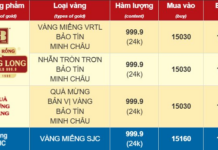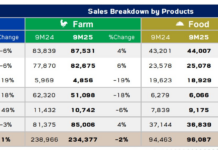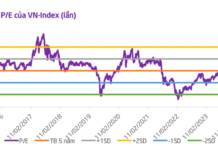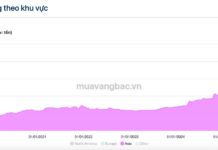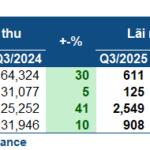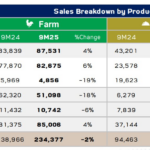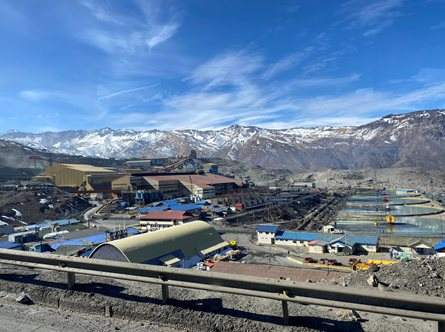
Off the northeastern coast of Brazil, where the Amazon River meets the Atlantic Ocean, lie two extraordinary treasures. One is a vast 3,600-square-mile coral reef discovered less than a decade ago. The other is a colossal reserve of oil and gas buried within ancient seabed sediments, now licensed for exploration.
Nicole Figueiredo de Oliveira, CEO of the environmental organization Arayara, remarks, “It’s astonishing to witness the rapid and aggressive expansion of new oil ventures in this region.”
Brazil stands as South America’s largest oil producer. Its oil and gas output has reached “unprecedented levels” thanks to pre-salt oil fields buried deep beneath ancient salt layers, thousands of meters below the seabed.
In 2024, crude oil surpassed soybeans as the nation’s top export for the first time. By August 2025, BP announced the largest offshore oil discovery in 25 years near Rio de Janeiro. Meanwhile, the Pelotas Basin near Uruguay holds promise as a potential new frontier, further expanding Brazil’s energy map.
Hundreds of miles north, off Guyana’s coast, companies are extracting approximately 650,000 barrels of oil daily from a massive deep-water reservoir. Guyana’s President, Irfaan Ali, declares, “The 2015 offshore oil discovery marks one of the most transformative milestones in our nation’s modern history.”
Francisco Monaldi, Director of the Latin America Energy Program at Rice University, observes, “We’ve never seen a nation produce so much oil per capita in history.”
Inland, Argentina’s Vaca Muerta shale formation in the western region emerges as a beacon of economic revival. Vaca Muerta ranks as the world’s second-largest shale gas reserve and fourth-largest oil reserve.
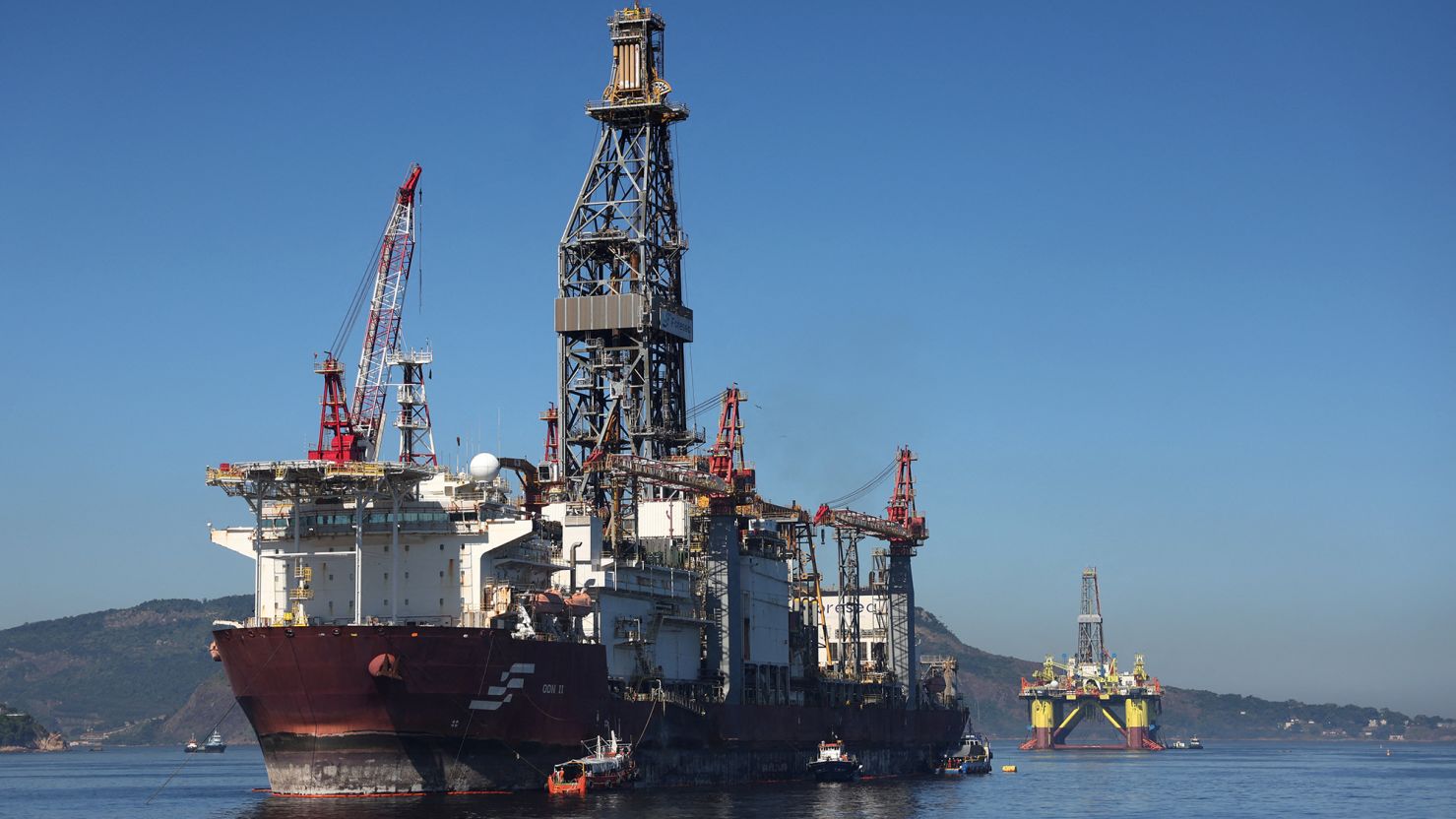
Brazil, Guyana, and Argentina now rank among the top 5 global oil growth drivers outside OPEC. South American oil fields boast lower extraction costs and reduced carbon emissions, thanks to modern infrastructure and technology. This surge in oil and gas production is unlocking economic opportunities and shaping the region’s energy future.
Experts note a significant shift in investment trends across the region. Monaldi explains, “South America has historically been wary of private investment, but that’s changing dramatically.” The region’s oil reserves attract global giants like Exxon and Chevron due to high yields, low costs, and emission-reducing technologies.
With abundant reserves and increasingly advanced infrastructure, South America is emerging as a global energy powerhouse. Projected oil output growth solidifies the region’s critical role in meeting the world’s growing energy demands.
According to Blanco, the region’s trajectory reflects a broader trend: a deep-rooted attachment to fossil fuels, part of a global movement with an implicit—and sometimes explicit—consensus that oil extraction should continue for decades, despite escalating climate crises.
“It seems leaders have decided to accelerate full-throttle into fossil fuels everywhere, regardless of consequences,” Monaldi concludes.
The New Global Oil Powerhouse: Surpassing OPEC, Russia, and the US with Billions of Barrels in Reserves and Unmatched Production
The oil projects in this region boast immense potential for significantly increasing production while maintaining low operational costs.






